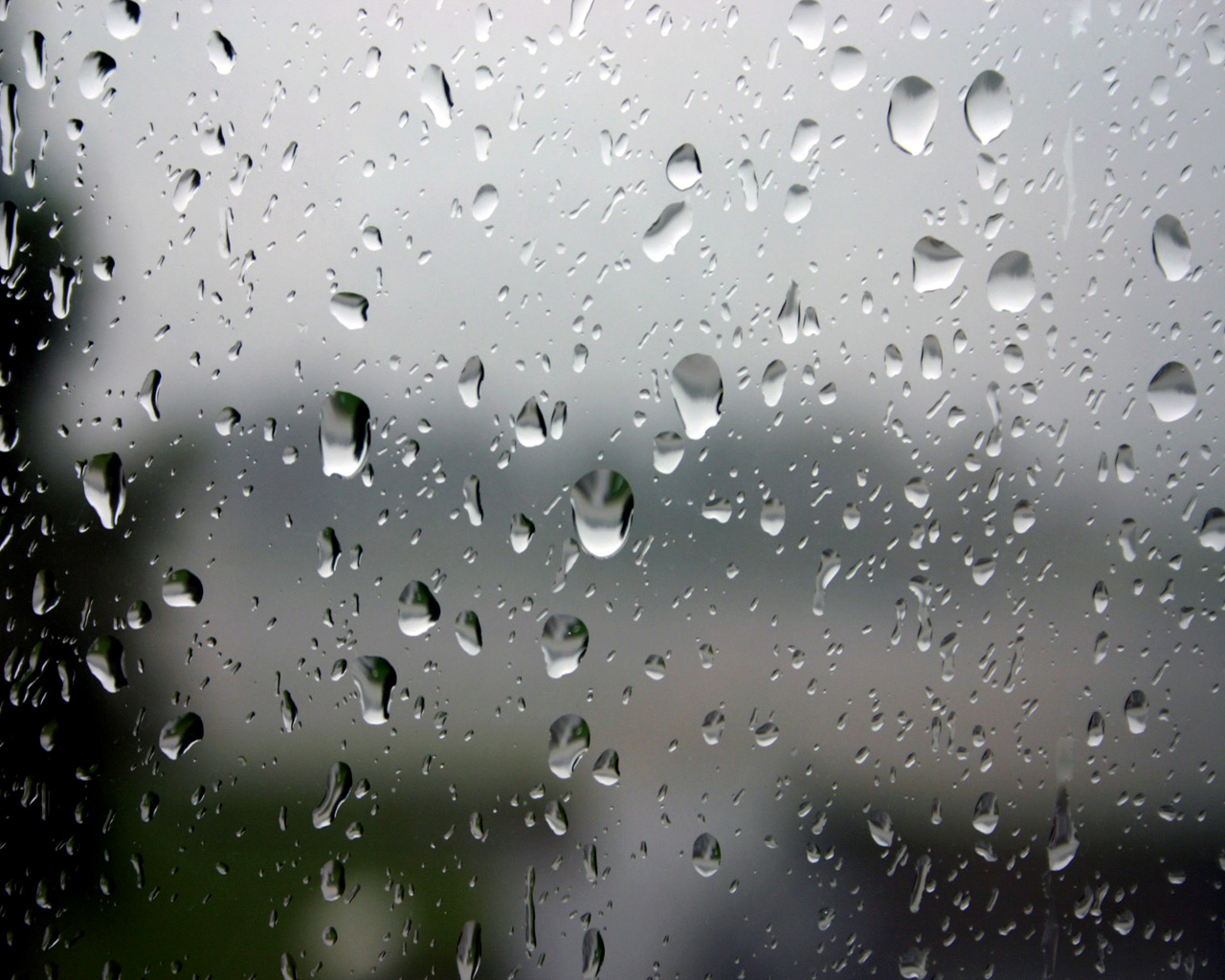

I can reflect any raindrop I want and I can also spray the plant again if I want a different raindrop (in a different location) to appear or if I accidentally bump the flower (and knock the raindrop off). I am shooting at f/2.8 to give this beautiful effect. Once I position the flower within the raindrop, I have given myself a very beautiful and soft background. When I focus, I must focus on the reflection inside the raindrop, not the contours of the raindrop. #3 Here is the original frame I composed for my image before I placed the flower in the background to be reflected. The arrow points at the raindrop I have focused on, and the circle surrounds the flower contained in the reflection. Here you can see a bit better the size, shape, and location of the raindrop that will be photographed. #2 This is a view looking from just above the camera toward the flower. In the bottom right of the picture you see the spray bottle used to wet the flower. When positioning the flower, you must consider that the image you see is inverted-upside down and backwards. It is held in place and positioned by a Plamp.

The circled flower is the flower being reflected in the raindrop itself. The camera is on a tripod with a macro lens focused on a raindrop (the arrow is pointing at a raindrop). On the other hand, you may find it more desirable to create your own raindrops.Ī tripod (the lower to the ground it can get, the better).Ī macro lens or macro setup (telephoto with extenders or other macro system).Ī Plamp (Wimberley product) or something to hold the flowers firmly in place. This can make it an adventure to go out and find how nature has decorated the flowers with raindrops. If you shoot after it rains, then you may have the opportunity to photograph “natural” raindrops. With the narrow depth-of-field of macro shooting and working with raindrops, any wind will create a headache situation. It’s often best to make these shots on a windless day. If you are patient and know a few simple tricks, you can come away with stunning raindrop reflection images as well. In truth, it isn’t very hard to do and just takes practice, a few special tools, and patience. Whenever I show people images of my “raindrop reflections,” they want to know how it was done. Flowers provide endless photographic opportunities and when you add rain into the mix the images become even more beautiful and mysterious.


 0 kommentar(er)
0 kommentar(er)
